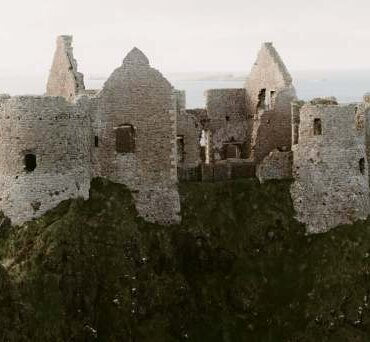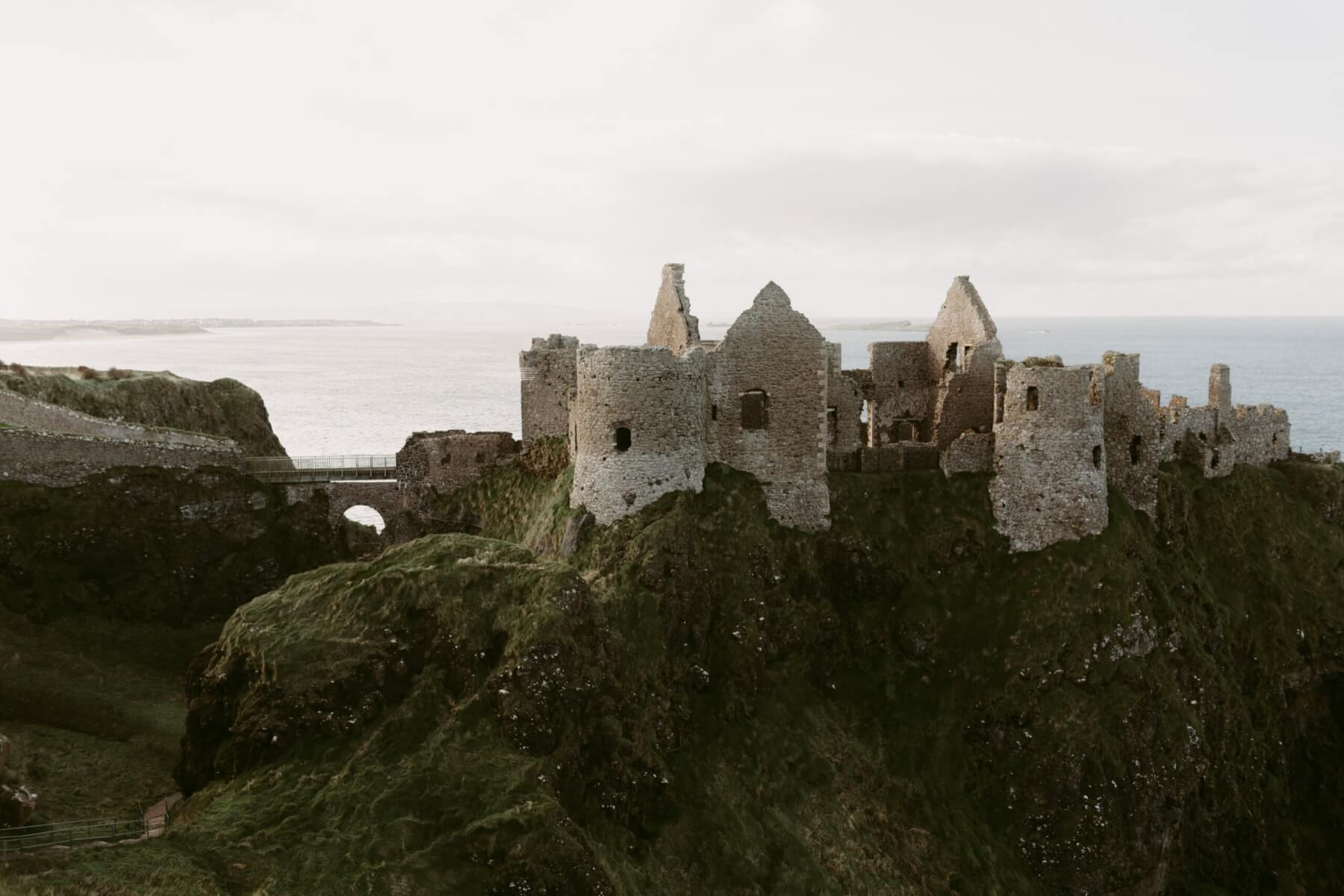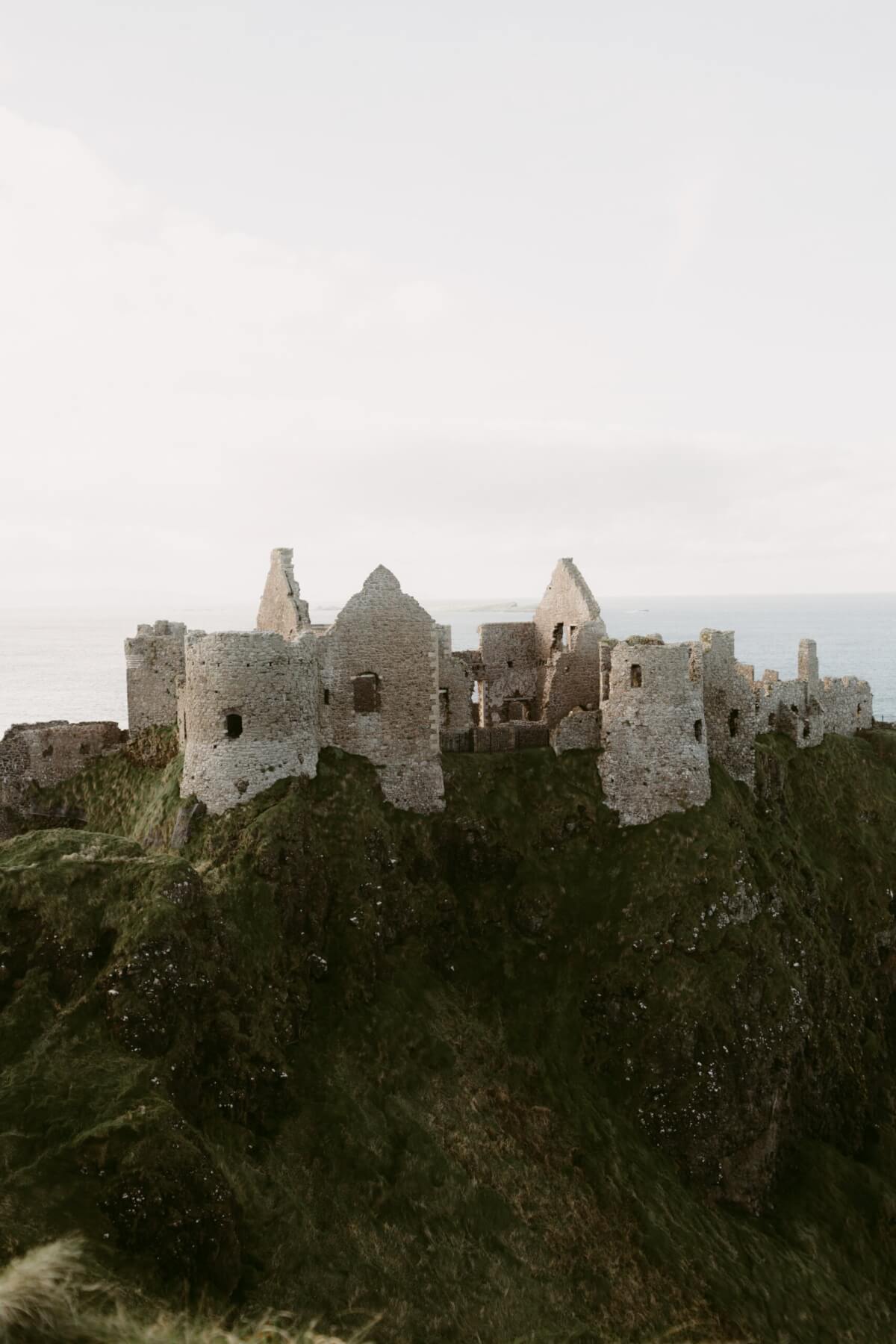

Photo by Iain: https://www.pexels.com/photo/old-medieval-ruins-of-dunluce-castle-on-ocean-coast-in-northern-ireland-famous-place-in-uk-2350366/
Days ago, I stood on the Northern Coast of Ireland in County Antrim overlooking Dunluce Castle. Atop craggy outcrops of rock with expansive views northward out into the Atlantic Ocean, my mind recalled famous stories from this area, home to Ireland’s iconic Dunluce Castle.
In one form or another, it has been present for over nine centuries of Irish history. While mostly in ruins today, its walls, buildings and general structure remains. It’s so impressive – as are the stories surrounding the place. One is the ‘red-hand story’ some call a tale, others a legend or yarn. Whatever its origin, fact or fiction, it’s become engrafted into ‘history.’
Throughout Ulster, the significant province within Northern Ireland, it’s virtually impossible to miss seeing the symbol of the ‘red hand’. This image is on crests, banners, plaques, signage – in fact it literally adorns the architectural and social topography of Northern Ireland.
The red right hand was prominent on the flag of Ulster initially adopted in 1264, later becoming a provincial flag within Northern Ireland, featuring the red hand in the centre.
Where did this red hand image originate? Not surprisingly, various versions exist in the oral traditions of Ireland. The best-known, has rival Viking longboats closing on the rugged Atlantic coastline around Dunluce Castle.
One of the Viking leaders promised that the first man to touch land would receive full possession of the territory. As the rival Viking ships approached the beach, an Irish mercenary called O’Neill sensed their ship was falling behind in the race. Desperately taking a sword in his left hand, with one blow, he severed his right hand, then hurled it onto the shore. Ulster became his property and the mutilated hand became the family symbol and icon for a region immersed in violence and territorial rights.
Regardless of the veracity of the story, a point is made – people passionate for a cause put everything on the line to achieve a goal if they want it enough. The old term ‘chancing your arm’ alludes to someone taking a risk to achieve an outcome they desire.
What are you passionate about? Is there anything you would you ‘chance your arm for’?
I knew someone who chanced his life to save a youth from drowning. In doing so he lost his. Another lost his life intervening to save a stranger who was being violently attacked.
Extreme examples of people risking their welfare, even their lives, in order to make a difference for another person are heroic. Unlike the O’Neill ‘red hand story,’ what these people ‘gave’ was not motivated by personal gain, rather love for another.
The inner circle of the followers of Jesus watched their Master die on a cross. Later emboldened, having seen Him resurrected, 10 out of twelve of Jesus’ disciples in turn were compelled by His supreme act of love, to lay their lives down in the course of sharing the gospel. Over centuries, countless more have followed that example, passionate to ensure others would understand the message of salvation and receive Jesus.
In a sense they ‘chanced their arm’ for something of utmost importance …trivialising their sacrifice, is to trivialises their message.










